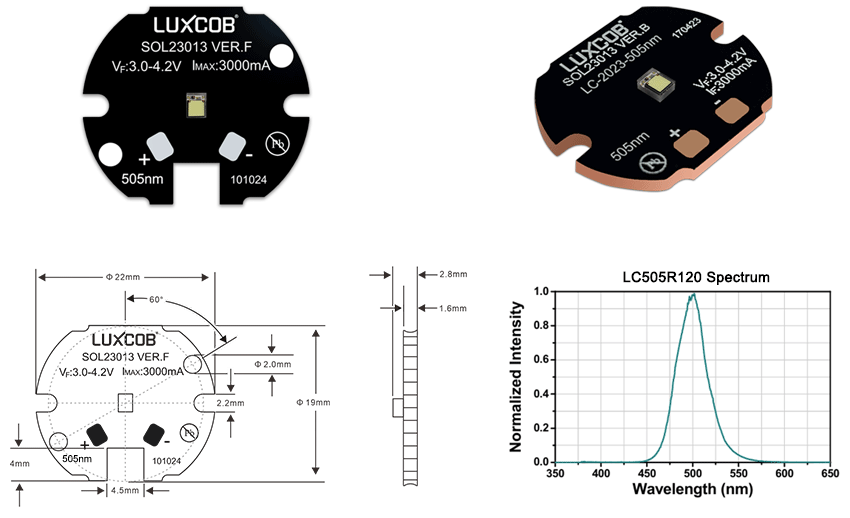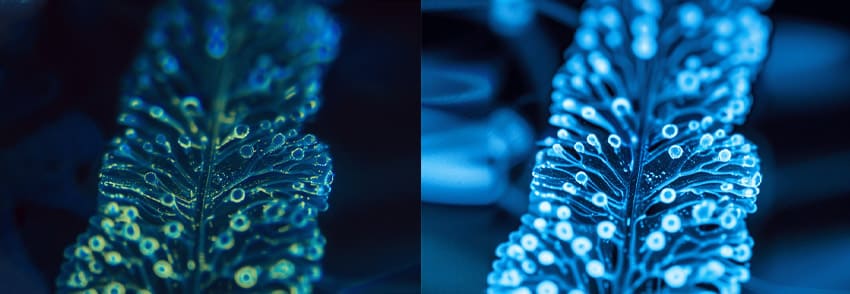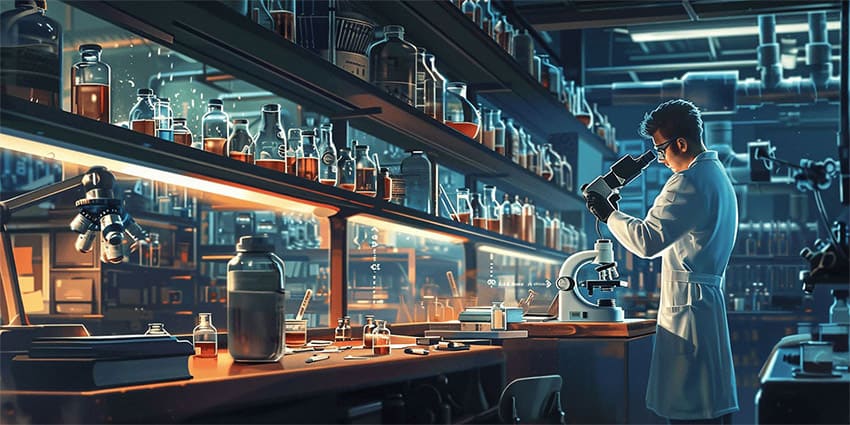

In the fast-evolving field of biological research, fluorescent proteins have become indispensable tools for visualizing cellular processes. Among the most popular fluorescent proteins are ECFP, EGFP, EYFP, and mCherry. Understanding their properties, particularly their excitation and emission wavelengths, is essential for optimizing experimental setups. At LUXCOB LED, we have tailored our LED modules to meet the specific spectral needs of these fluorescent proteins, enhancing your ### Illuminate Your Research: The Essential Guide to Fluorescent Proteins and LUXCOB LED Solutions.
Top Advantages of Upgrading to LED:
Enhanced Spectral Performance:
LED sources typically outperform mercury lamps, providing brighter peak outputs at key wavelengths, such as 488 nm, 568 nm, and 647 nm. This enhancement results in clearer and more vibrant imaging, giving researchers higher-quality data.
Instant On/Off:
One of the most convenient features of LED technology is its ability to turn on and off instantly. In contrast, mercury lamps require a warm-up period, which can be time-consuming and inefficient during experiments.
Extended Lifespan:
With a lifespan of over 20,000 hours, LED units significantly reduce the frequency of bulb replacements. This longevity not only saves time but also drastically decreases operational costs.
Simplified Maintenance:
Say goodbye to the hassle of purchasing and aligning bulbs! LED systems require minimal maintenance, allowing researchers to focus on their experiments rather than equipment upkeep.
Environmental Benefits:
LEDs consume less energy and, being mercury-free, present a more environmentally friendly option for laboratories. This aspect is crucial for aiming to reduce their ecological footprint.
Versatile and Flexible Solutions
Many modern LED systems offer multiple independently switchable excitation wavelengths, ranging from three to sixteen. Researchers can enjoy quick on/off response times and adjustable intensity settings, which can even be customized by wavelength. Operating these wavelengths is a breeze; users can implement manual control or trigger them via USB or TTL signals from a PC or software.
For users of older manual microscopes, integrating LED sources with independently triggered wavelengths can significantly enhance their capabilities. This upgrade facilitates automated multichannel fluorescence imaging, making it easier to gather comprehensive data.
By incorporating additional devices such as Z-focus systems and environmental chambers, along with appropriate imaging software, even older manual inverted microscopes can be transformed into high-performance live-cell time-lapse imaging systems.
Conclusion
Switching from mercury-based light sources to LED lighting systems can revolutionize your fluorescence microscopy experience. With their easy maintenance, long lifespan, and energy-efficient design, LED units provide a multitude of advantages that can expand the application range of older microscopes while significantly lowering the total cost of ownership.
At LUXCOB LED, we are committed to providing cutting-edge LED solutions that meet your specific imaging needs. Explore our wide range of customizable LED modules today, and take the first step toward transforming your microscopy techniques!

